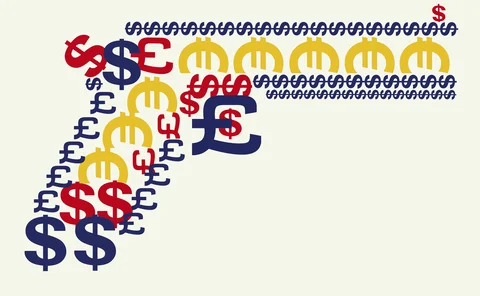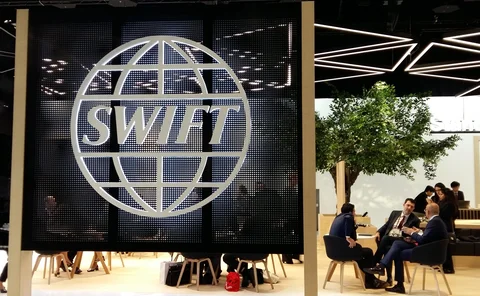Data
Half of central banks use forecast errors to assess policy impact
Surveys of expectations widely used but surveys of trust and understanding are less common
Nearly 40% of central banks use targeted liquidity facilities
“Funding for lending” schemes remain widespread, though some have been wound down post-Covid
Half of central banks regularly review monetary framework
Vast majority conduct reviews but many are ad hoc
Payments Benchmarks 2024 – model banks analysis
Breakdowns of key data from the payments benchmark shed light on how the function is governed
Most asset purchase programmes are winding down
Around a quarter of respondents have open APPs but most are shrinking
Over 25% of central banks pre-brief government on policy decisions
Briefing patterns differ across institutions, as two central banks start practice
One-third of central banks offer liquidity to non-banks
But most keep the list of counterparties strictly limited
European Commission opens consultation on AI in finance
As AI use in financial services increases, regulators must balance innovation with risk
Payments Benchmarks 2024 report – towards tokenisation
Benchmarks highlight optimism on tokenisation, hostility to crypto and efforts to upgrade RTGS
Non-banks in RTGSs: greater efficiency or more risk?
Policy-makers and practitioners from central banks in Brazil, Hungary, Israel, Romania, Rwanda and the US share their perspectives
Remittance fees unregulated in most jurisdictions despite high costs
But central banks identify opportunities in cross border payments integration
Banks are main instant payments participants
Email address is central banks’ least-used payment channel
Supervisors must embrace technology – ECB’s McCaul
Data is “growing exponentially”, so supervisors must innovate to track risks, supervisory board member says, as SSM digitalisation enters ‘phase 2’
Two in five RTGS systems experienced outage last year
Majority of central banks plan technology upgrade within a year
BoJ hawkishness due to weak yen belies wage inflation concerns
The contrast in Japan-US economic, price and wage performance and their implications for monetary policies
Around two-fifths of central banks planning instant payments
Central banks processed instant transactions with average value of over $124 billion in 2023
Clash between Yemen’s central banks escalates
Rival central banks issue retaliatory bans on transacting with financial institutions
Majority of central banks increased payment system budget in 2023
Nearly half of central banks say resourcing is not sufficient
Average cost of running RTGS systems is $1.8 million
Annual costs slightly higher than last year’s benchmark
Most RTGS systems operate between seven and 12 hours daily
More than 40 institutions on average have direct access to infrastructure
Most central banks optimistic about tokenisation
Programmability, digital signatures and enhanced security are some purported benefits
Lkhagvasuren Byadran on geopolitics, gold and 100 years of central banking on the steppe
Bank of Mongolia governor Lkhagvasuren Byadran speaks about monetary and financial reform, embracing AI and fintech, and Mongolia’s new SWF
Swift tests AI-driven fraud detection
Pilot projects aim to detect fraudulent activity and improve information sharing
Are low-level inflation targets still fit for purpose?
Geostrategic shifts make the case for a narrow price target less compelling











